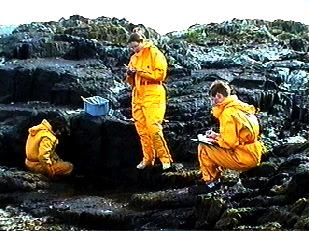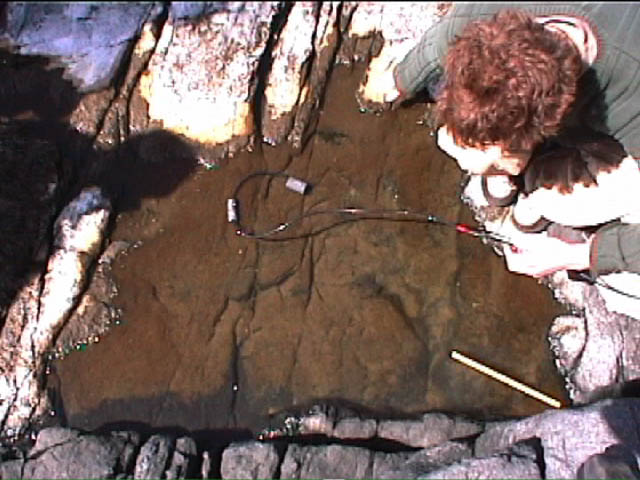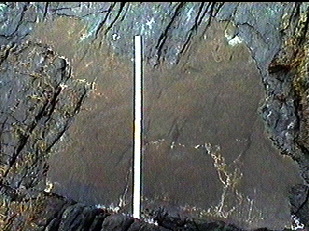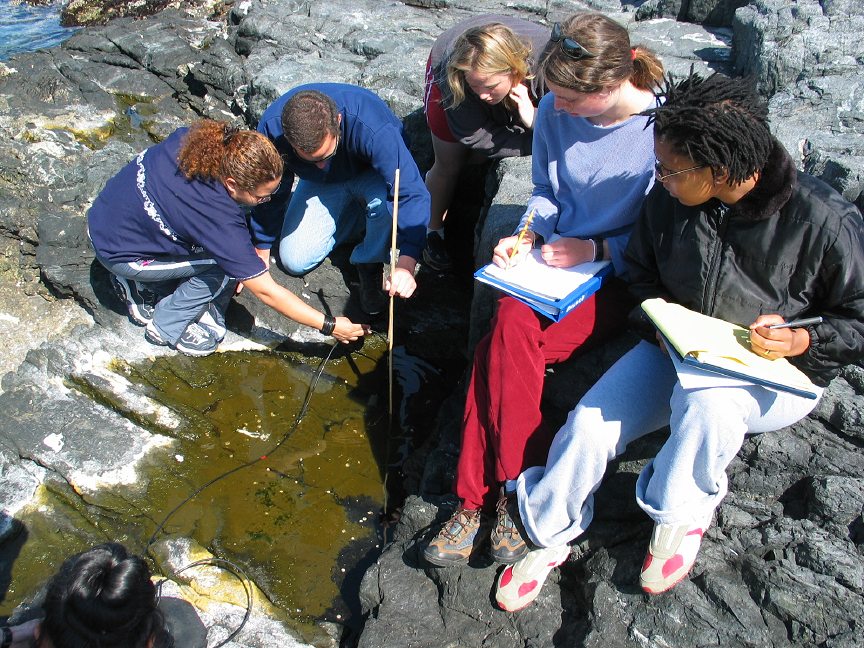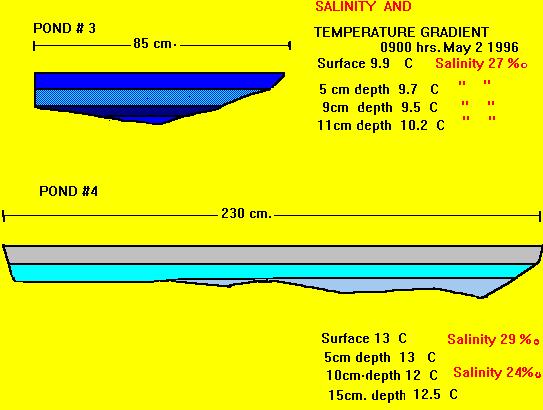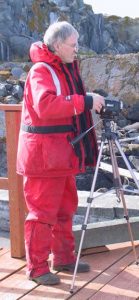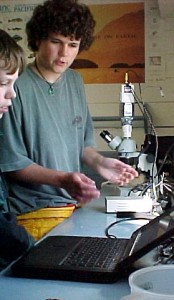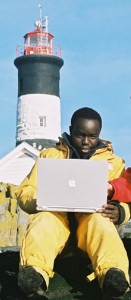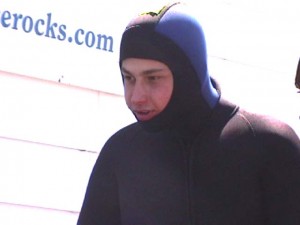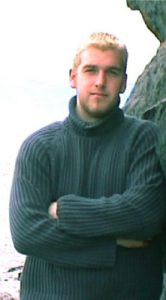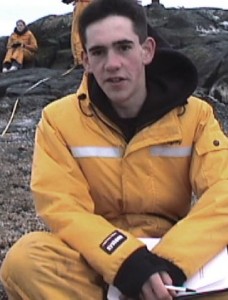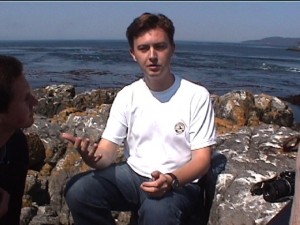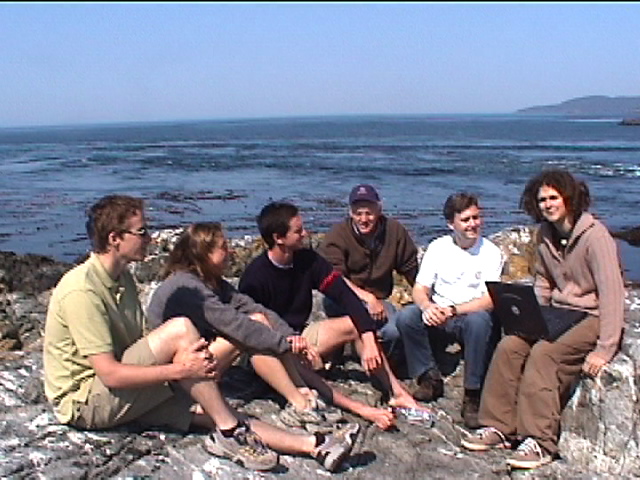TEMPERATURE: Max. 13.5 C Min. 9.5 C Reset 12.5 C Rain 0.8 mm
THE DAY: Part Cloudy Vis 15 miles Wind West 15 Till 9:00 then 20 Gusting 33 Knots Sea 1 – 2 Foot Chop until 10:15 Then 3 to 5 Foot Moderate
MARINE LIFE: The birds continue to sit on nests and when alerted take to the air to ward off the one mature Bald Eagle that made several unsuccessful hunting flights over Gr. Race. The Eagle left the area just after noon,then again just after sunset a lone mature eagle made one last flight along the shoreline before heading across Race Passage towards Bentinck Island.3 young Northern Sealions hauled out on the southwestern slope of the southeast rocks along with approx. 13 Harbour seals.Counted 7 small to medium size elephant seals on middle rock,did hear loud bellows and snorting near the dock last night that could be the larger bull elephant seals but have not seen them hauled out for a few days.
HUMAN INTERACTION: Chris and Ryan delivered 2 loads of diesel fuel with the Second Nature in the morning and 1 tour boat was through the reserve today.
posted by at 6:06 PM

